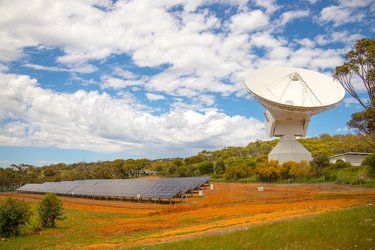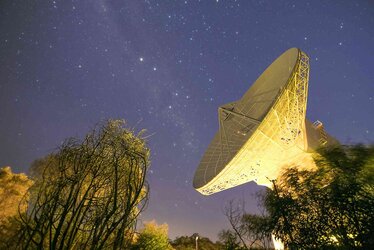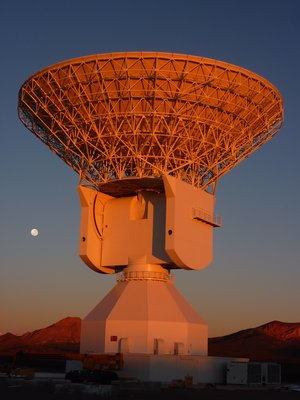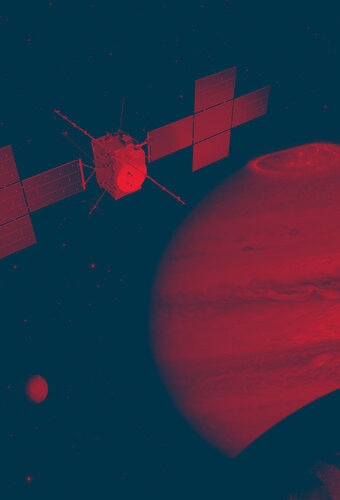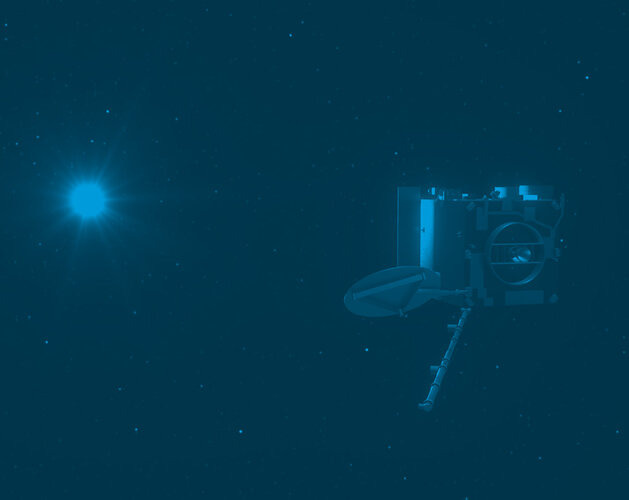A new ESA giant in Australia
In brief
Construction has begun in Australia on ESA’s fourth deep-space antenna, which will help fill a gap in supporting communications and data download for upcoming missions exploring our Solar System, studying our Universe and protecting Earth from solar hazards and risky asteroids.
In-depth
ESA representatives met with representatives from Australia’s national and regional governments and from the Australian Space Agency today, 16 June, to kick off active construction of the new antenna located at ESA’s existing New Norcia ground station, 140 kilometres north of Perth, Western Australia. The Australian Space Agency is providing local and financial support to the project.
ESA’s deep-space antennas are used to send commands and receive information and science data from missions venturing far from Earth – to the Moon, the Sun, distant planets or even asteroids.
The three existing deep-space antennas in ESA’s global tracking station network – Estrack – are located roughly 120 degrees apart in longitude at locations in Australia, Spain and Argentina. Together, they provide continuous coverage to spacecraft almost anywhere in the Solar System.
ESA is now constructing a fourth 35 m-diameter antenna in order to meet the rising demand for communication bandwidth as the Agency prepares and launches a new generation of deep-space and space safety missions. With global coverage already achieved, the decision was made to build a second deep-space antenna at the existing Australian site.
“The new antenna will ensure Europe’s continued autonomous capacity to fly pioneering exploratory missions as well as to support upcoming space safety missions including Hera and Vigil,” says ESA Director General Josef Aschbacher. “It will also strengthen ESA’s important relationship with Australia while helping ensure we always get the most science out of every mission.”
“The Australian Space Agency is excited to deepen our relationship with ESA, as we look to continue to grow the local space sector,” says Enrico Palermo, Head of the Australian Space Agency. “This project will extend Australia and Western Australia’s pedigree and heritage in deep space communications, which can be traced right back to the 1950s. It will also unlock the exchange of new technical know-how, as Australian suppliers help design, develop and test the antenna.”

From down under to new frontiers
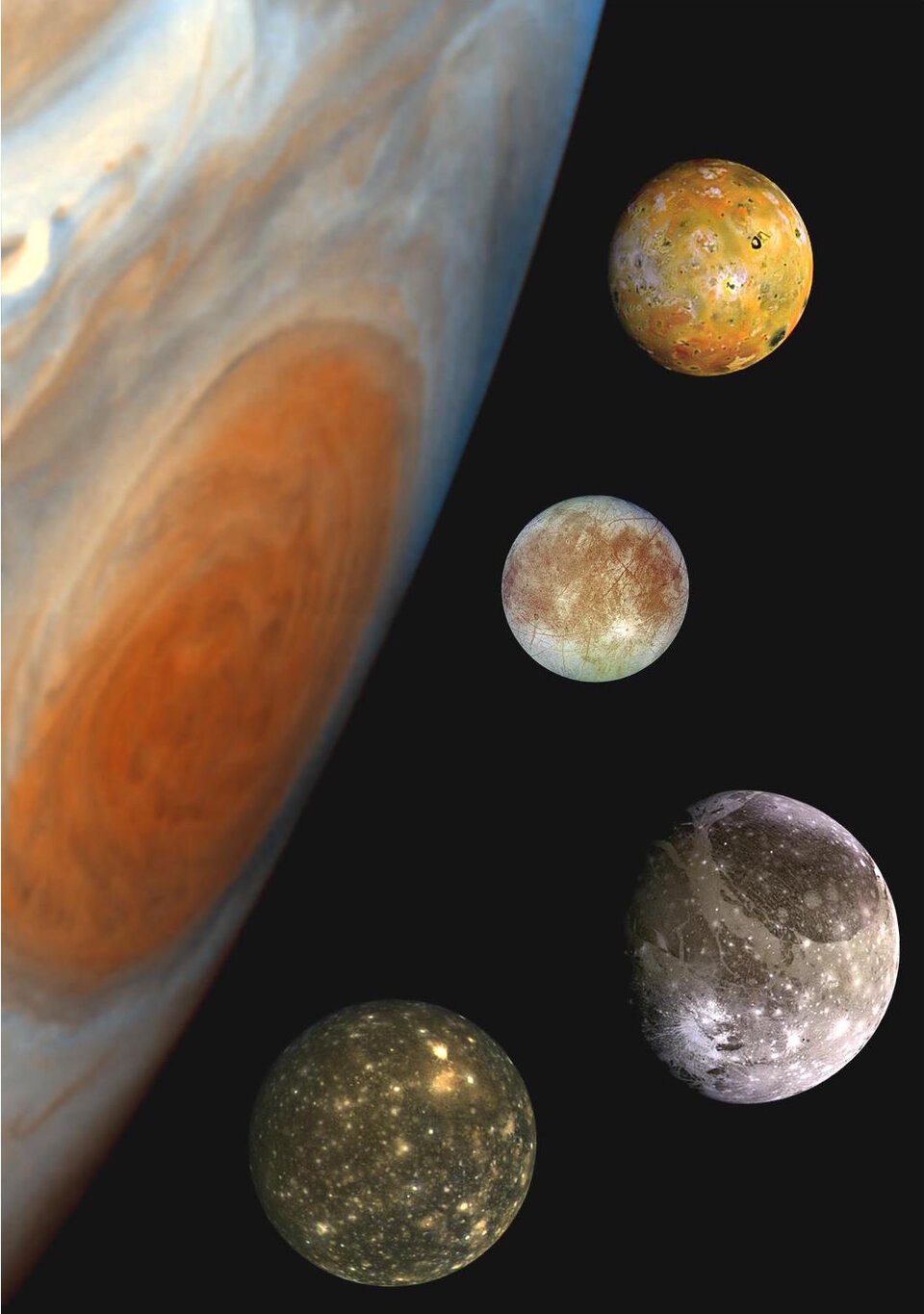
From the new antenna in Australia, signals will be sent across interplanetary space, past the orbit of Mars, to the Jupiter system as ESA’s upcoming Juice spacecraft navigates its complex journey to Jupiter’s icy moons – Ganymede, Europa and Calisto. Set to launch in 2023, Juice will embark on a mission to help scientists answer important questions, such as whether life could have – or has – emerged elsewhere in the Solar System.
It will also support the Agency’s Euclid space telescope, also due to launch next year, on its mission to illuminate the true nature of dark matter and dark energy by observing billions of galaxies as far as 10 billion light-years from Earth.
Turning towards the Sun, the antenna will support ESA’s Vigil space weather mission. Due to launch at the end of the decade, Vigil will monitor our active and unpredictable star from a special vantage point that enables it to provide operators of spacecraft and vulnerable infrastructure on Earth – such as power grids – with advance warning on potentially dangerous solar flares.
A boost to Europe, Australia and the world
The Agency’s Estrack ground station network is a cornerstone of ESA’s international cooperation. The Agency has promoted and adopted internationally recognised technical standards that allow it to provide coverage on a cross-services basis to spacecraft from partner space agencies such as NASA and JAXA. In exchange, these partners provide equivalent support for ESA missions and activities.
The antennas in the network are operated around the clock from ESA’s ESOC mission control centre in Darmstadt, Germany.

The decision to construct the antenna at ESA’s existing New Norcia station was announced in April 2021. Since then, work has been underway to define the exact location for the new antenna and to upgrade the necessary infrastructure such as roads, power and data. Construction is now underway, led by prime co-contractors Thales Alenia Space from France and Schwartz Hautmont Construcciones Metálicas from Spain, and is due for completion in late-2024. The antenna is due to enter operation in early-2025.
Australia’s national science agency, CSIRO, has been ESA’s local partner for operations and maintenance since 2019 and will likewise be responsible for the additional new antenna.















 Germany
Germany
 Austria
Austria
 Belgium
Belgium
 Denmark
Denmark
 Spain
Spain
 Estonia
Estonia
 Finland
Finland
 France
France
 Greece
Greece
 Hungary
Hungary
 Ireland
Ireland
 Italy
Italy
 Luxembourg
Luxembourg
 Norway
Norway
 The Netherlands
The Netherlands
 Poland
Poland
 Portugal
Portugal
 Czechia
Czechia
 Romania
Romania
 United Kingdom
United Kingdom
 Slovenia
Slovenia
 Sweden
Sweden
 Switzerland
Switzerland



























